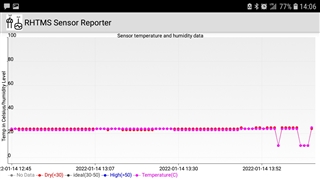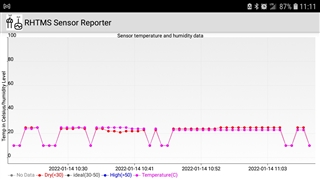Other Parts Discussed in Thread: LAUNCHXL-CC2640R2
My ISR successfully detects and processes all rising edges of a high speed 40 bit pulse train 100% of the time when the application is run using the CCS Debugger but only 60% of the time when not run by the debugger. (The 40-bit pulse train is a sequence of 30us and 80us pulses separated by 50us.) This behavior is 100% repeatable. Obviously, the Debugger is changing something. Where is it documented what changes the debugger implements in its setup that changes the behavior of the ISR?




